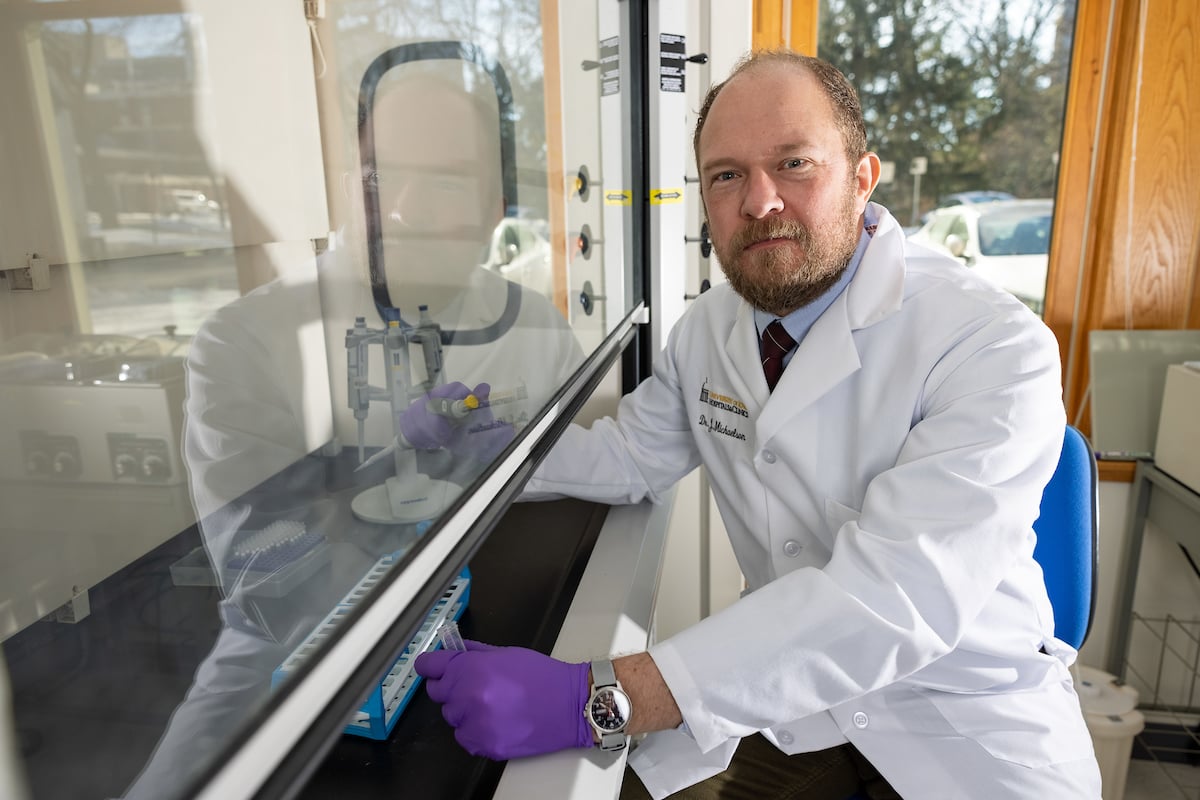Intellectual and Developmental Disabilities Research Centers (IDDRC)
Congress established Intellectual and Developmental Disabilities Research Centers (IDDRCs) in 1963 as "centers of excellence" for research in intellectual and developmental disabilities. These centers represent the nation's first and foremost sustained effort to prevent and treat disabilities through biomedical and behavioral research.
IDDRCs: Research, Education & Service









